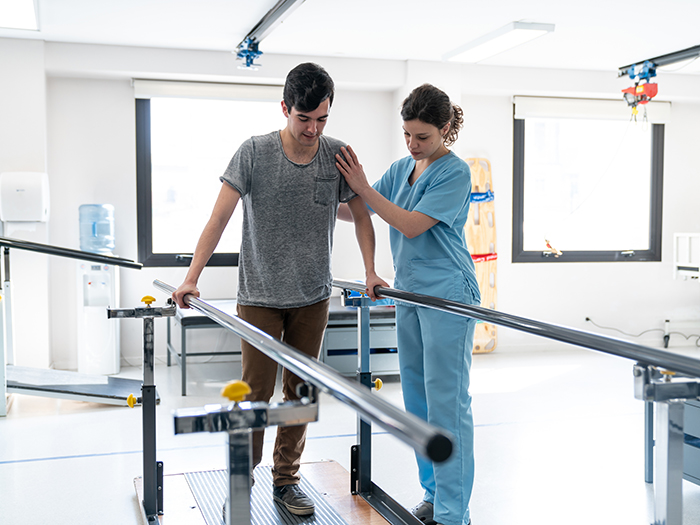Physiological therapy represents an important aspect of healing and rehabilitation for many patients. This helps people restore power, improve mobility, and lessen discomfort subsequent to injuries or surgeries or operations. There are techniques to bodily rehabilitation, each crafted to satisfy the specific demands of individuals. Comprehending these diverse approaches can help people make educated choices about their recovery path.
One typical method to physical treatment is hands-on therapy. Such approach entails hands-on therapy by a physiological therapist to adjust muscles and connections. Hands-on treatment can assist relieve discomfort, enhance blood flow, and enhance range of motion. Therapists may utilize techniques such as kneading, joint adjustment, and flexibility exercises to aid clients rehabilitate. This approach is commonly beneficial for those with muscle and joint issues, such as lower back pain or arthritic conditions, as it centers on the muscular elements of rehabilitation.
A different significant method is restorative movement. Such technique includes particular movements tailored to enhance vigor, stability, and dexterity. Physiological therapists develop tailored exercise plans based on the client's status and objectives. Such exercises can vary from easy movements to increasingly complex tasks. Restorative physical activity is vital for rebuilding power after an injury and avoiding future issues. It additionally assists clients regain belief in their physical capabilities, which is essential for overall rehabilitation.

Pool therapy is another effective approach that uses water to support in recovery. This approach utilizes the floatation of liquid, which lessens the stress on articulations and enables simpler motion. Individuals can perform exercises in a pool, making it a great alternative for those with constrained flexibility or discomfort. Water-based rehabilitation can help improve vigor, range of motion, and endurance while providing a helpful space for healing. This is especially helpful for individuals recovering from procedures or those with persistent discomfort issues.
Finally, education and self-management are vital parts of bodily rehabilitation. Physical practitioners not just provide treatment but furthermore instruct clients about their situations and how to manage them. Such comprises comprehending physical mechanics, position, and the value of staying engaged. By equipping clients with information, practitioners help them adopt an proactive part in their recovery. Such method encourages individuals to carry on their recovery outside therapy meetings, resulting to improved physical therapy for strength training long-term effects.
In conclusion, physiological rehabilitation offers multiple techniques to boost healing and recovery. Manual therapy, therapeutic physical activity, aquatic treatment, and learning all serve significant functions in assisting patients regain their vigor and movement. Each technique is customized to meet the individual requirements of clients, providing a holistic approach to rehabilitation. Through comprehending these different approaches, clients can more successfully manage their recovery process and strive towards reaching their healing objectives.